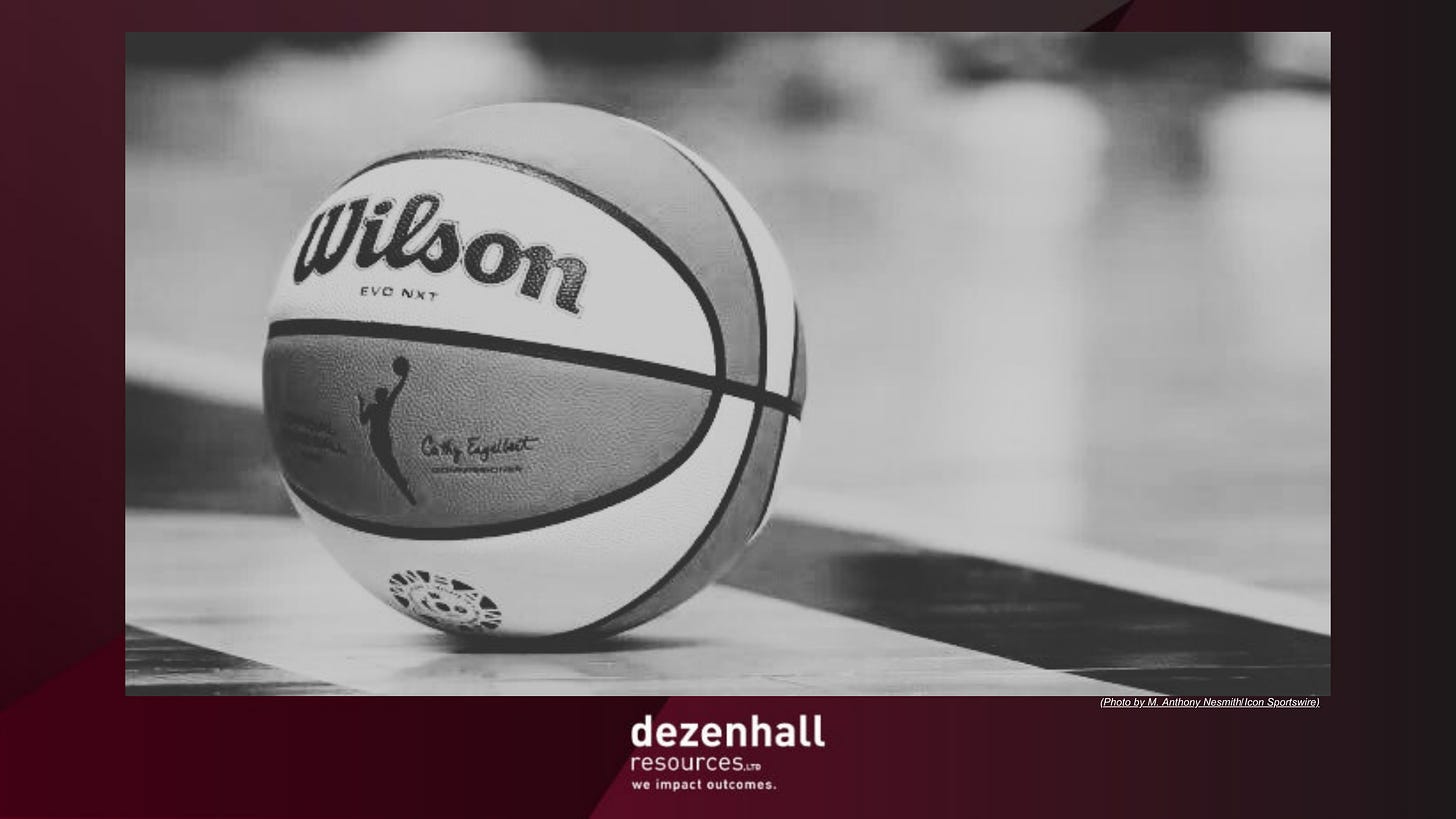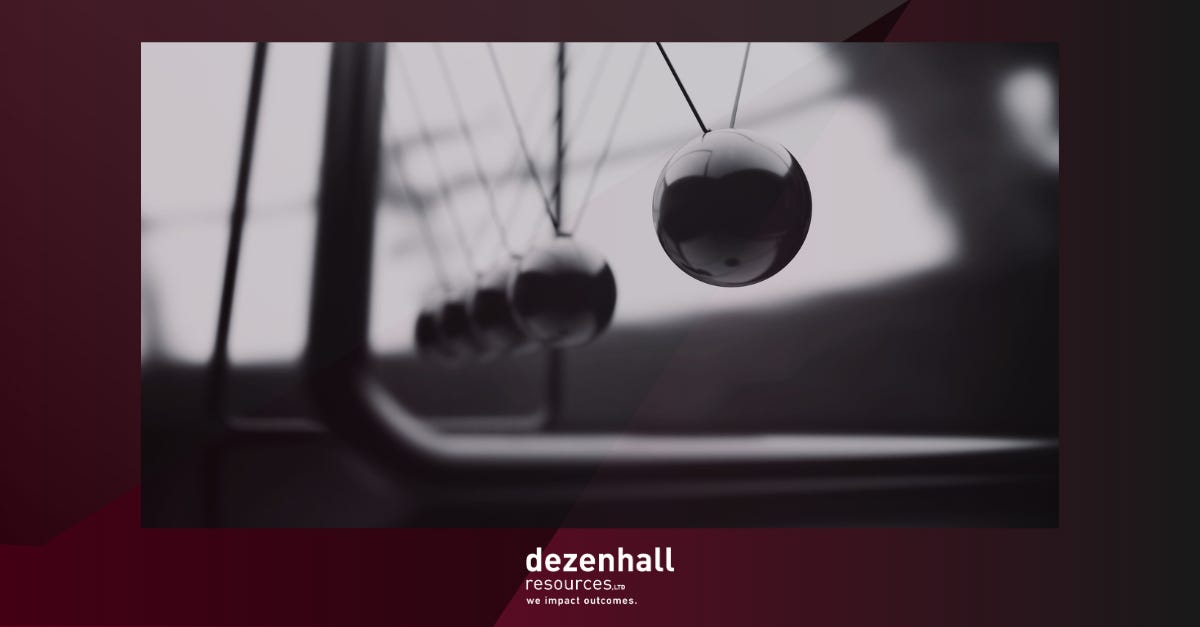Could Bud Light Do Anything Better After the Blow-up?
Anheuser-Busch has taken a lot of hits lately since its debacle with transgender influencer Dylan Mulvaney went supernova. Reports abound of stock plunges, sales drops, and Bud Light’s dethroning as the top-selling beer in the U.S.
Nevertheless, there has been a development worth noting: news reports that Kid Rock, who was filmed shooting cases of Bud Light with an automatic rifle a few weeks ago, has begun selling the product again in his Nashville bar. This is interesting because it tells us something about crisis management in 2023, namely that after a crisis “fiasco vortex” — that all-consuming initial stage where the controversy snowballs — things may gradually lurch back to normal.
It used to be that crisis management was what a subject did immediately after an acute event. These days, the early stages of a crisis are overdetermined and often inoperable. Everything you do is slammed because that’s the job of old and new media: the piling on, the charges of botched apologies, the internet memes, the demands for the CEO’s resignation, the futile Twitter whack-a-mole.
There is a tendency to conflate the original sin with the mismanagement of the crisis after it broke. While some of the post-vortex actions fell flat — the CEO’s insipid, corporate-speak interview on CBS and a marketing executive’s insulting characterization of Bud Light consumers come to mind — their options were limited in this short timeframe. Where Bud Light has some potential for recovery is in the longer term. The future of crisis management lies in the future, not the present hurricane.
Most worthwhile recoveries happen slowly, something few companies with quarterly earnings reports have the patience for. First, Bud Light needs to think about what it wants to be going forward. Does it want to resurrect its coveted brand, or does it want to cultivate an uber-hip coastal crowd and win applause from left-of-center journalists? My instincts tell me they should try to capture what they can of their old consumers and slowly, very slowly, reach out to other audiences using less divisive campaigns and show their base supporters that they understand their “badge” market — and how this market identifies itself more by tribe than by product features. Furthermore, I’m not sure Bud Light could have cultivated Mulvaney acolytes even if the company wanted to; other brands are better positioned to do that.
I don’t think trying to get some of its old market back is an impossible task. Beer drinkers aren’t asking too much — they’re not demanding that their beer address every conceivable social injustice. They are, however, asking not to have to defend themselves for their beverage choice when they’re watching a ball game — and that was Bud Light’s great sin. Think of some dude trying to watch a ball player sink a basket and be glared at by somebody two rows back, assuming he exists to harm someone who leads a different lifestyle. It’s just not what taking a swig of beer is about. People want to grab their cups and be left the hell alone.
Life moves on quickly in the Twitter age. A-B can try a return to the marketing that built the brand (with some tweaks that acknowledge the changing landscape). The brand’s mistake in the first place was inflicting the narrow social and political agenda of young, coastal elites on the rest of its audience. Now it must tiptoe back into the marketplace’s comfort zone.
A lot of long-term crisis management occurs behind the scenes: Coaching employees, educating wholesalers and spending time with influential decision-makers who feel slighted. Some things can be said in a meeting that cannot be done in TV interviews or advertising blitzes.
Kid Rock’s bar service may be a bellwether that tells us that a flamboyant performer can blast beer cans into oblivion one week and serve the same product shortly afterward without fear of being canceled. Tweets and TikToks move fast. “The dogs bark and the carnival moves on,” as the saying goes. Bud Light’s pathway to potential recovery may be moving slowly, which is better than losing more ground.


